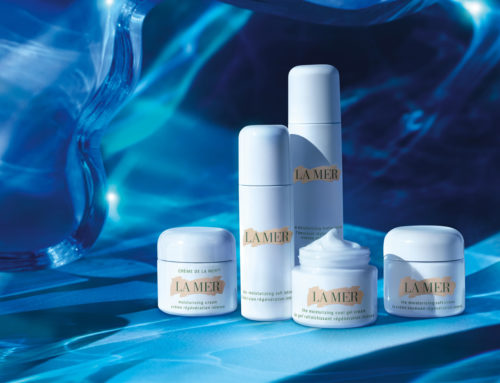The sun has barely peeked out from behind the clouds and already you are faced with the question: To use or not to use sunscreen? When do you have to use sunscreen and when is a daytime moisturiser that also contains sun protection factor (SPF) enough? And how long is it safe to be exposed to the sun without risking a sunburn?
We answer some of the most important questions on the topic of sunscreens below.
What is the right SPF?
Which SPF is suitable for you depends entirely on your skin type and, of course, on the time of day. The skin’s own ability to withstand the sun, depending on your skin type, ranges from a mere 5 to 40 minutes.
For example, an SPF of 50 tells you that you can spend 50 times longer in the sun before getting a sunburn.
Is my daytime SPF moisturiser enough?
Many daytime moisturisers include protection against UV rays. However, the SPF is relatively low and what is really important is the amount of cream used. Since daytime moisturisers are applied fairly lightly, they are not adequate by themselves for defending your skin against the sun.
“Since we seldom apply cream as often as we need to, we should always select a product with a high SPF.”
How much sunscreen should I use?
Is there such a thing as too much sun protection? Certainly not! Have you ever tried to spread a teaspoon of sunscreen on your nose? That is exactly the quantity of cream needed to get the level of SPF printed on the packaging. As a rule, you should use 2 mg of sunscreen per square centimetre of skin or 11 tablespoons for the whole body.
“A white cotton T-shirt is the equivalent of just about SPF 10, which is definitely too little!”
Can I still use the sunscreen I bought last year?
If it is unopened, sunscreen lasts for at least three years – even when it is extremely hot or cold. It will say on the packaging (next to the symbol of an opened pot of cream) how many months an opened bottle can be used. If you used it last summer or autumn, you should definitely invest in a new tube in summer 2018.



When should I reapply sunscreen?
You should reapply sunscreen after you have been in the water since even waterproof creams wash off when you swim. But even sand rubbing on our feet will reduce the effectiveness of the sun protection. If you sweat a lot, you will also need to reapply it more frequently. Definitely put on some more sunscreen in these situations.
Important: The amount of time we can sit in the sun without burning does not extend each time we reapply the cream. Reapplying the cream just ensures that it stays 100% effective.
“At night, when the skin’s own regeneration processes are in full swing, that’s when our skin can best absorb nutrients.”
Aftersun lotion – yes or no?
In addition to a suitable sunscreen, aftersun care is a must. It calms the skin with nourishing substances such as aloe vera, vitamin E or allantoin, and makes it soft and silky. Many aftersun products provide cooling relief and some of them even contain a light tanning ingredient.
And finally: the sun doesn’t just have its cons
Sunshine lifts our mood, increases our joie de vivre, improves our breathing and metabolism and also strengthens the body’s immune system to help fight infections. In addition, the body uses UVB to produce vitamin D, which is needed for bone growth, neuromuscular function and the entire immune system. In short, the sun makes us happy!
I wish you a good summer.
Nadine Huber




